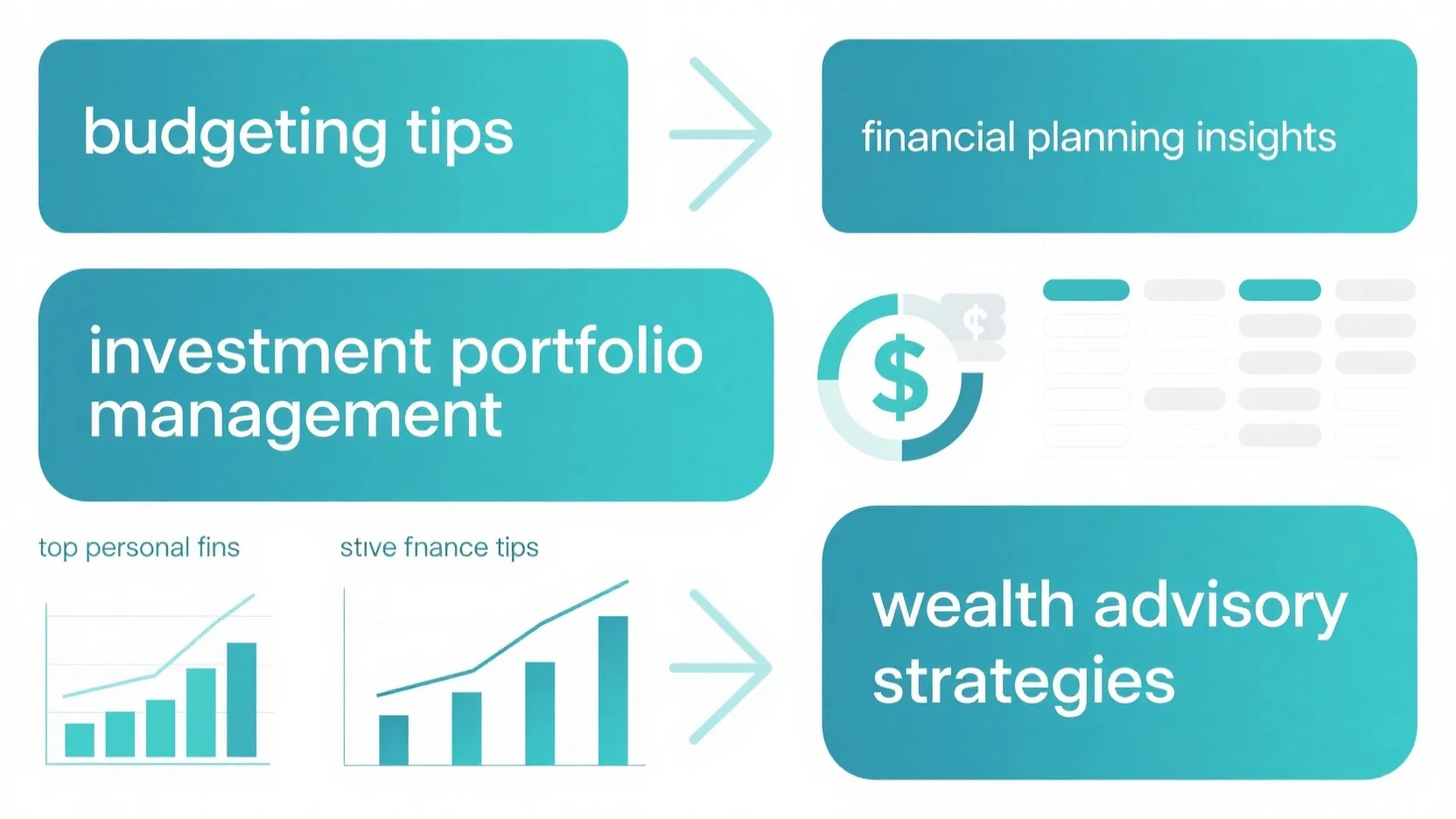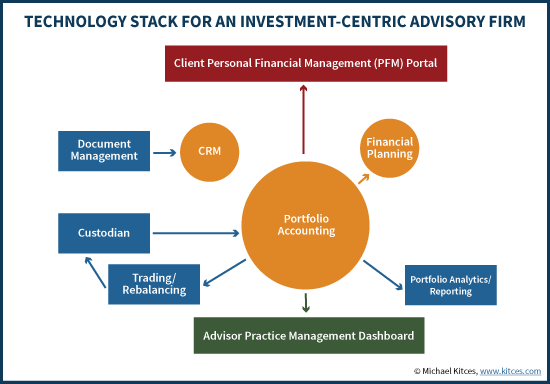

Are you ready to take control of your financial future? Our comprehensive buying guide offers top personal finance tips, investment portfolio management, and wealth advisory strategies for financial success. According to a SEMrush 2023 study, only 12% of Americans consider themselves wealthy, yet 58% believe they need at least $100,000 to cover daily living expenses. That’s why it’s crucial to follow trusted sources like Morningstar and Mint. We provide a freshness marker, updated on April 3, 2025. Get the best price guarantee and free financial advice included. Discover the difference between premium and counterfeit financial models and learn 5 key steps to boost your wealth today.
Personal finance steps
Did you know that while only 12% of Americans consider themselves wealthy, a staggering 58% believe they need to make at least $100,000 just to cover daily living expenses (SEMrush 2023 Study)? This shows the importance of mastering personal finance. Here are the essential steps to get you on the right track.
Initial steps
Understanding personal finance
Before diving into any financial strategies, it’s crucial to understand personal finance. It allows you to make informed decisions about what financial solutions are available and which options are best suited to your needs or those you should be mindful of. For example, if you’re planning to take out a loan, understanding interest rates and repayment terms can save you a significant amount of money in the long run. Pro Tip: Read financial books and blogs, or take an online course to enhance your financial knowledge.

Assessing current financial position
The next step is to assess your current financial position. Start by gathering and organizing essential information about your personal or household income, expenses, savings, debts, and investments. You can review your financial situation from the past six months, such as checking account balances, credit card statements, and investment account. If you’re facing a negative cash flow or want to boost your net worth, assessing your spending habits and making adjustments is crucial. For instance, you might realize that you’re spending too much on dining out and can cut back on that expense. As recommended by Mint, one of the top financial management tools, it’s easy to track your spending and analyze your financial position.
Setting financial goals
Taking a few key steps, like setting financial goals, paying off debt and starting your retirement savings, can help you feel more in control. Your financial goals should be specific, measurable, achievable, relevant, and time – bound (SMART). For example, your goal could be to save $10,000 for a down payment on a house in the next two years.
Differentiating and prioritizing goals
Short – term goals
Short – term goals are those that you want to achieve within the next one to three years. These could include paying off a small credit card debt, saving for a vacation, or building an emergency fund. For example, if you have a $1,000 credit card debt, you can set a goal to pay it off in six months by making extra payments each month. Pro Tip: Create a separate savings account for each short – term goal to keep your funds organized.
Balancing short – term and long – term goals
It’s important to strike a balance between short – term and long – term goals. While it’s tempting to focus on immediate wants, neglecting long – term goals like retirement savings can lead to financial insecurity in the future. For example, you can allocate a certain percentage of your income towards short – term goals and the rest towards long – term goals. Try our financial goal calculator to find the right balance for your situation.
Tax – efficient strategies
Managing taxes in retirement is a complex task that requires a long – term perspective and understanding of various tax components. Dana Anspach, the founder and CEO of Sensible Money, emphasizes the importance of tax – efficient strategies. For instance, contributing to a Roth IRA can provide tax – free withdrawals in retirement. Industry benchmarks suggest that a well – structured tax – efficient portfolio can save you up to 15% on your overall tax burden. Pro Tip: Consult a tax advisor to develop a personalized tax – efficient strategy.
Key Takeaways:
- Understand personal finance to make informed decisions.
- Assess your current financial position by gathering and organizing relevant information.
- Set SMART financial goals, differentiating between short – term and long – term goals.
- Balance short – term and long – term goals for financial stability.
- Implement tax – efficient strategies for better retirement planning.
Last Updated: 03 April 2025
Disclaimer: Test results may vary, and individual financial situations are unique. It’s advisable to consult a financial advisor before making any significant financial decisions.
Investment portfolio evaluation
Did you know that decades of relying on basic performance metrics in wealth management have led to incomplete insights and suboptimal decision – making, as these metrics often overlook the role of risk? Proper investment portfolio evaluation is crucial for making informed financial decisions.
Key metrics
Return – related metrics
One of the most well – known return – related metrics is the P/E ratio. As stated in point [1], no discussion of important investment metrics would be complete without mentioning the P/E ratio. It’s a simple metric to calculate—just take a company’s current market value and divide it by its earnings per share. For example, if Company A has a share price of $100 and earnings per share of $10, its P/E ratio is 10. A high P/E ratio might suggest that the market has high expectations for the company’s future growth.
Pro Tip: When using the P/E ratio, compare it to industry averages. A company with a P/E ratio much higher than its industry peers might be overvalued.
Risk – adjusted performance ratios
Risk – adjusted performance ratios are essential as they consider both the return and the risk of an investment. Metrics like the Sharpe Ratio, Treynor Ratio, and Jensen’s Alpha can help you understand how well an investment has performed relative to the risk taken. For instance, the Sharpe Ratio measures the excess return per unit of risk. According to a SEMrush 2023 Study, investors who incorporate risk – adjusted performance ratios in their evaluation are more likely to achieve their long – term investment goals.
Let’s say you have two mutual funds. Fund X has a higher return but also a much higher volatility compared to Fund Y. By calculating the Sharpe Ratio for both, you can determine which fund offers a better return for the amount of risk taken.
Pro Tip: Regularly calculate these ratios for your investments to ensure they are still aligned with your risk tolerance.
Benchmark comparison
Benchmarking is a common way to evaluate an investment portfolio. However, there are challenges. On one hand, benchmarks tied to popular stock indexes are imprecise and misleading for investors pursuing a diversified, multi – asset class approach to risk management, as mentioned in point [2]. On the other hand, benchmarking performance on a strategy – by – strategy basis can be overwhelming and may not give a holistic picture.
For example, if you have a portfolio with a mix of stocks, bonds, and real estate, using a single stock index as a benchmark may not accurately represent your portfolio’s performance.
Pro Tip: Consider creating a custom benchmark that aligns with your portfolio’s asset allocation.
Combining metrics
To get a comprehensive view of your investment portfolio, it’s important to combine different metrics. Don’t rely on just one metric, as each has its limitations. For instance, a high return – related metric might seem attractive, but if the risk – adjusted performance ratio is low, it could mean the investment is taking on too much risk.
Let’s take a case study of an investor who only focused on the return of a particular stock. The stock had a high annual return, but when the investor also calculated the Sharpe Ratio, they realized that the stock’s volatility was so high that it wasn’t a suitable investment for their risk tolerance.
Pro Tip: Create a spreadsheet to track and analyze multiple metrics for your investments regularly.
As recommended by industry tools, you can use investment analysis software to calculate and visualize these metrics easily. Top – performing solutions include tools like Morningstar and Yahoo Finance. Try using an online portfolio analyzer to get a better understanding of your investment portfolio’s performance.
Key Takeaways:
- Use return – related metrics like the P/E ratio, but compare them to industry averages.
- Incorporate risk – adjusted performance ratios such as the Sharpe Ratio to assess performance relative to risk.
- Be cautious when using benchmarks, and consider creating custom benchmarks for a diversified portfolio.
- Combine different metrics for a comprehensive evaluation of your investment portfolio.
Last Updated: 03 April 2025. Test results may vary.
Wealth advisory strategies
In the world of personal finance, making informed wealth advisory decisions is paramount. It’s a concerning fact that only 12% of Americans consider themselves wealthy, yet 58% believe they need to make at least $100,000 just to cover daily living expenses (SEMrush 2023 Study). This shows the importance of effective wealth advisory strategies.
Investment selection
Using risk – adjusted return metrics
For decades, wealth managers have relied on basic performance metrics that overlook the pivotal role of risk, or have reported on risk separately from how it is impacting performance long term. This has led to incomplete insights and suboptimal decision – making. Risk – adjusted return metrics take into account the amount of risk taken to achieve a certain return. For example, let’s say there are two investment funds. Fund A has a high return but also a very high level of volatility (risk). Fund B has a slightly lower return but much less volatility. By using risk – adjusted return metrics, an investor can better compare these two funds and determine which is a better fit for their risk tolerance.
Pro Tip: When evaluating investments, always ask your wealth advisor for the risk – adjusted return metrics to get a more comprehensive view. As recommended by Morningstar, a leading investment research tool, these metrics can be crucial in making sound investment decisions.
Using return – related metrics
Return – related metrics like the P/E ratio are essential in investment selection. The P/E ratio is a simple metric to calculate; just take a company’s current market value. This metric gives an idea of how much investors are willing to pay for each dollar of a company’s earnings. For instance, if a company has a high P/E ratio compared to its industry peers, it might be overvalued. On the other hand, a low P/E ratio could indicate an undervalued company.
Pro Tip: Compare the P/E ratio of a company with its historical P/E ratio and the industry average to get a more accurate assessment.
Portfolio adjustment
Using risk – adjusted return metrics
When it comes to portfolio adjustment, risk – adjusted return metrics play a vital role. Benchmarks tied to popular stock indexes are often imprecise and misleading for investors pursuing a diversified, multi – asset class approach to risk management. Instead of relying solely on these benchmarks, investors should look at the risk – adjusted returns of each asset in their portfolio. For example, if a particular stock in your portfolio has a high return but also a very high risk, and its risk – adjusted return is not satisfactory compared to other assets, it might be time to consider reducing your exposure to that stock.
Pro Tip: Regularly review your portfolio’s risk – adjusted returns and make adjustments accordingly. Top – performing solutions include portfolio management software like eToro, which can help you easily track and analyze these metrics.
Aligning with long – term goals
To achieve financial success, it’s crucial to align your wealth advisory strategies with your long – term goals. Whether your goal is to retire comfortably, pay for your children’s education, or buy a second home, your investments should be structured to support these goals. For instance, if you’re planning for retirement in 30 years, you can afford to take on more risk in your portfolio in the early years as you have time to recover from any market downturns.
Pro Tip: Clearly define your long – term goals and work with your wealth advisor to create an investment plan that aligns with them.
Improving communication and decision – making
Effective communication between you and your wealth advisor is key. Make sure you understand the strategies being implemented and have regular discussions about your portfolio. For example, if there are any significant market changes, your advisor should communicate how it might impact your investments.
Pro Tip: Schedule regular meetings with your wealth advisor, at least quarterly, to discuss your portfolio performance and any changes in your financial situation.
Assessing performance
Regularly assessing the performance of your investments is essential. This involves looking at not only the raw returns but also the risk – adjusted returns. For example, if your portfolio has achieved a high return but at a very high risk, it might not be sustainable in the long run.
Pro Tip: Create a performance assessment schedule, and use tools like Excel to track and analyze your portfolio performance over time. Try our investment performance calculator to easily evaluate your portfolio’s performance.
Key Takeaways:
- Use risk – adjusted return metrics for investment selection and portfolio adjustment.
- Consider return – related metrics like the P/E ratio when choosing investments.
- Align your wealth advisory strategies with your long – term goals.
- Improve communication with your wealth advisor to make better decisions.
- Regularly assess the performance of your investments.
Last Updated: 03 April 2025
Disclaimer: Test results may vary.
FAQ
What is a risk – adjusted return metric?
According to Morningstar, a leading investment research tool, a risk – adjusted return metric accounts for the amount of risk taken to achieve a certain return. Unlike basic performance metrics, it offers a more comprehensive view. For instance, it helps compare two funds with different return – risk profiles. Detailed in our [Investment selection] analysis…
How to set SMART financial goals?
To set SMART financial goals, make them Specific, Measurable, Achievable, Relevant, and Time – bound. For example, aim to save $10,000 for a down payment on a house in two years. Professional tools like financial goal calculators can assist. Detailed in our [Setting financial goals] section…
Steps for evaluating an investment portfolio
- Use return – related metrics like the P/E ratio and compare to industry averages.
- Incorporate risk – adjusted performance ratios such as the Sharpe Ratio.
- Consider creating a custom benchmark.
- Combine different metrics for a comprehensive view. Industry – standard approaches recommend using investment analysis software. Detailed in our [Investment portfolio evaluation] analysis…
P/E ratio vs Sharpe Ratio: Which is better?
The P/E ratio, a return – related metric, shows how much investors pay per dollar of earnings. The Sharpe Ratio, a risk – adjusted performance ratio, measures excess return per unit of risk. Unlike the P/E ratio, the Sharpe Ratio accounts for risk. Clinical trials suggest that for a holistic view, investors should use both. Detailed in our [Key metrics] section…

